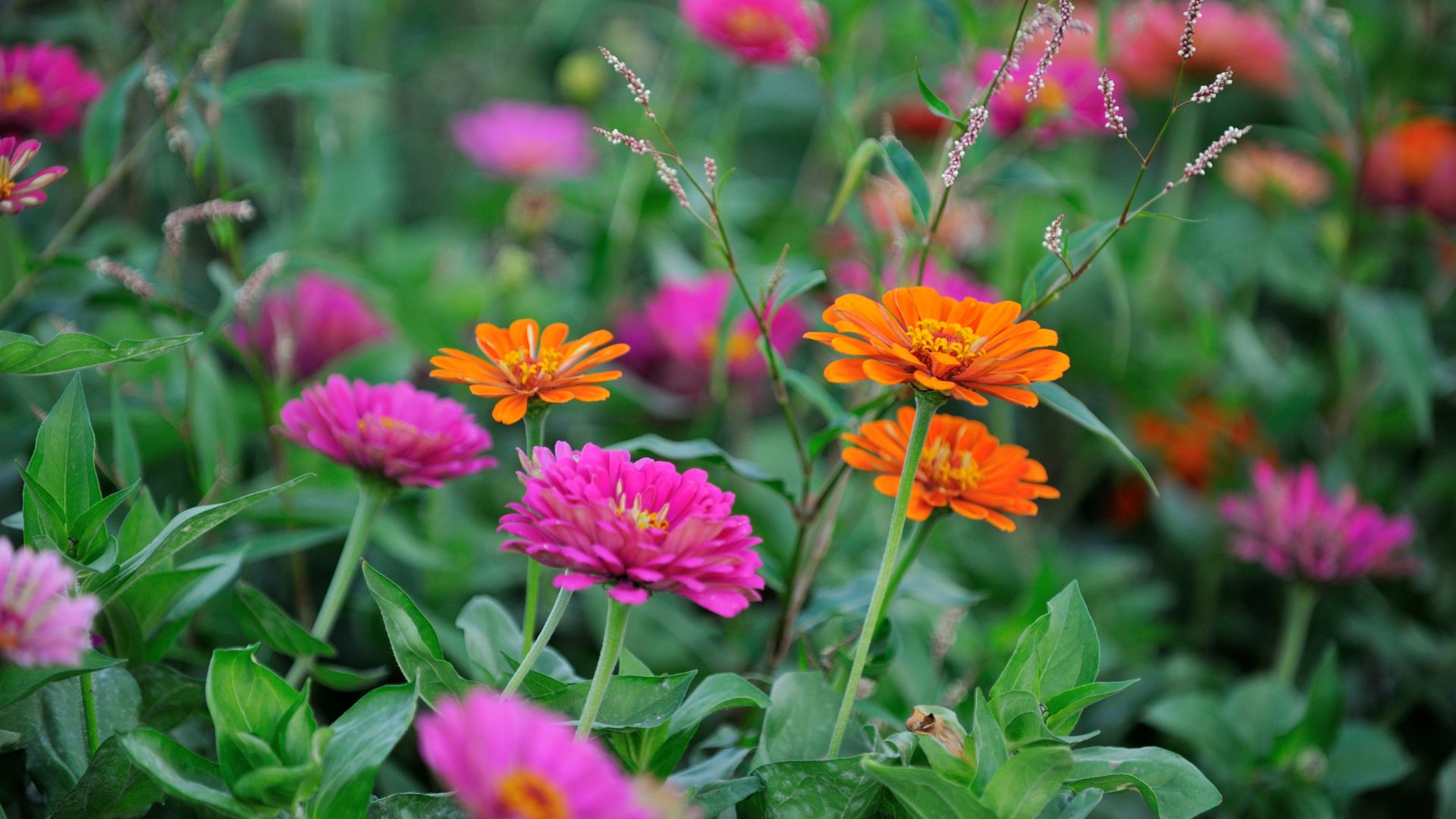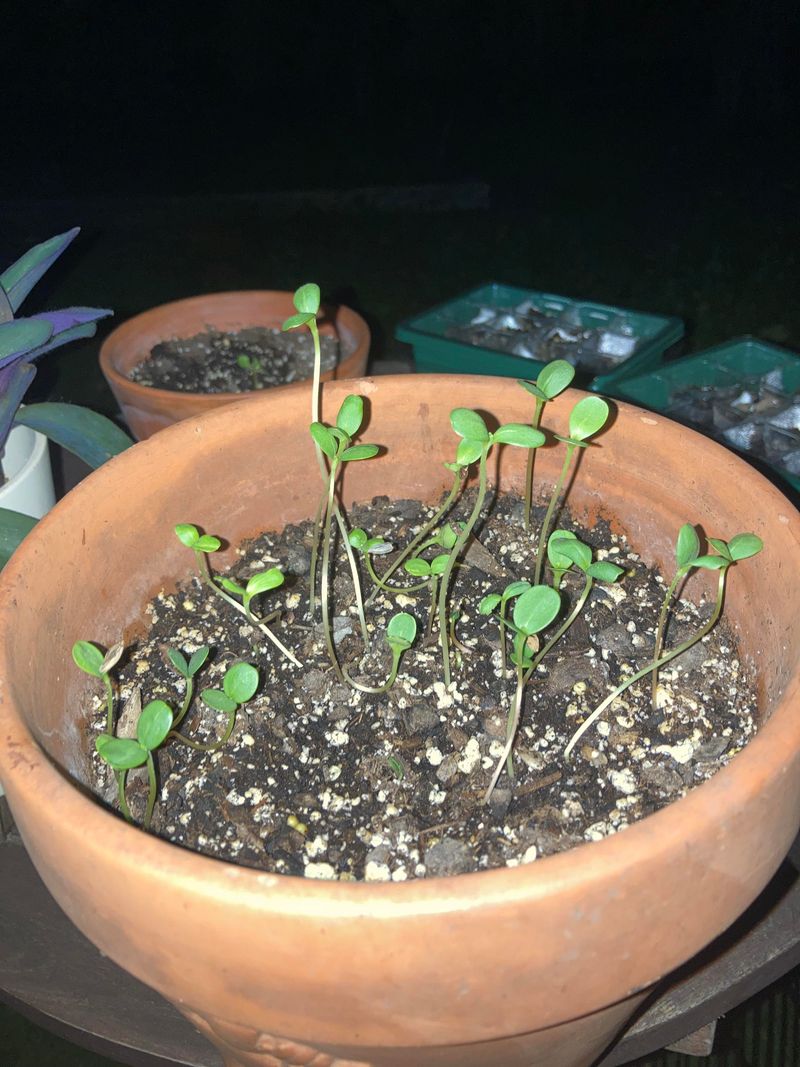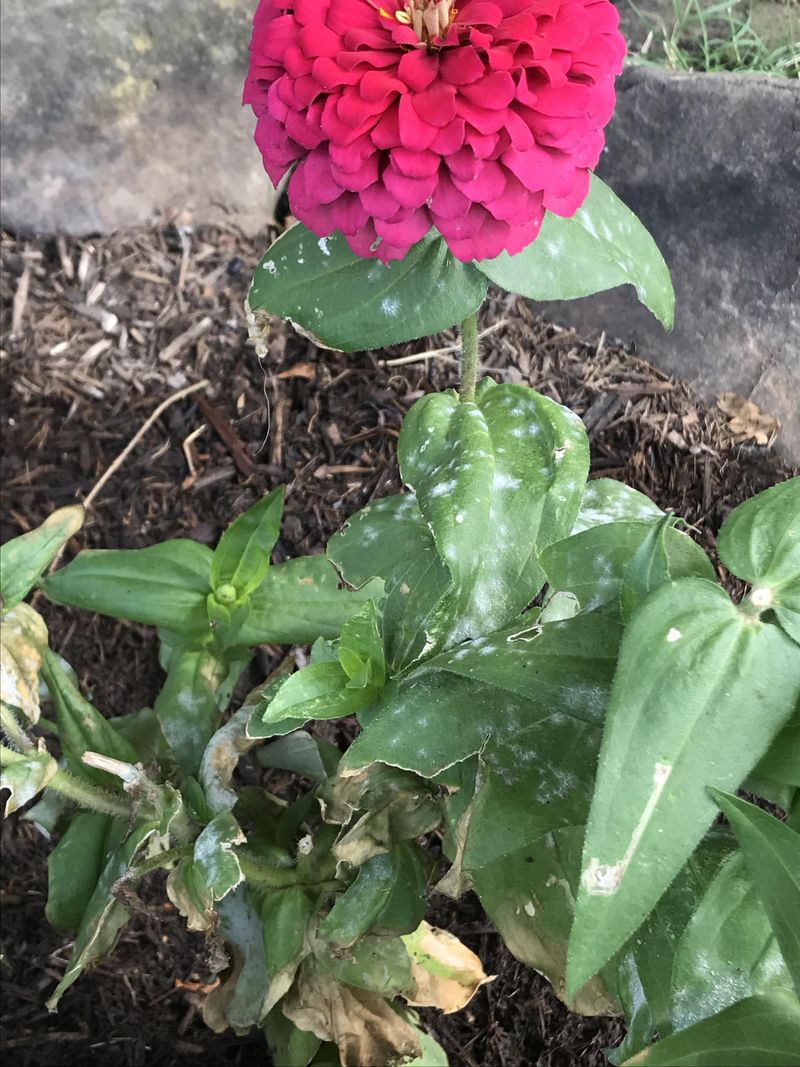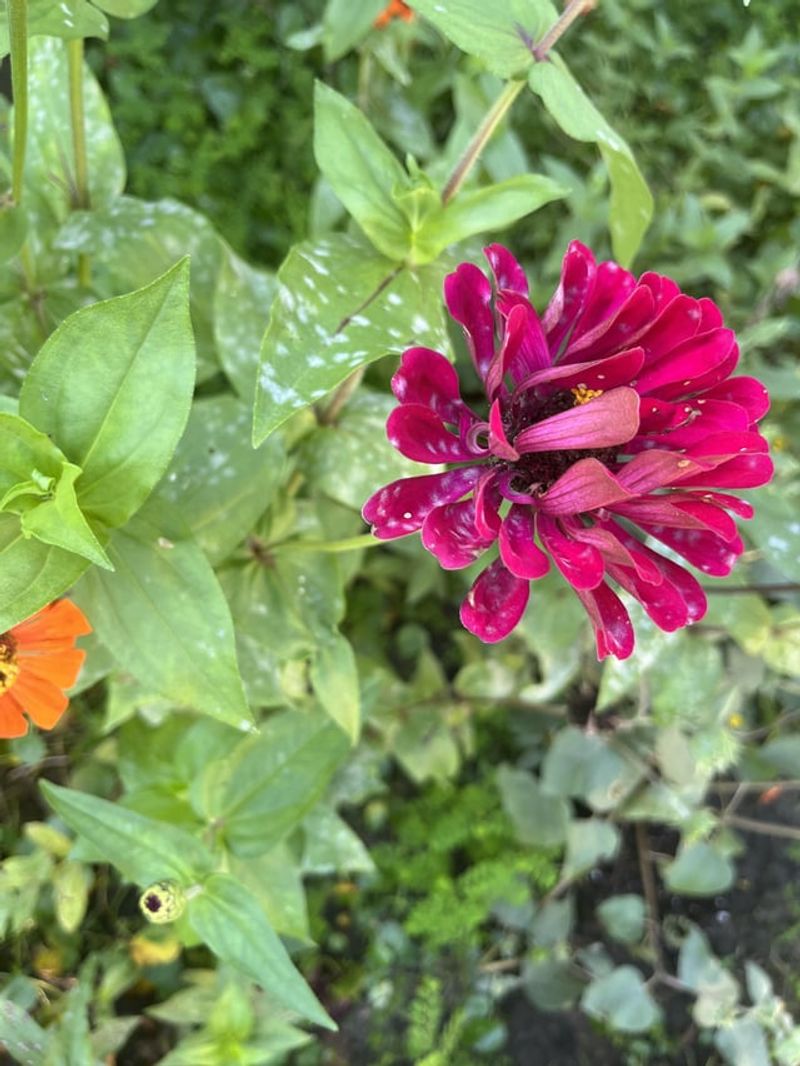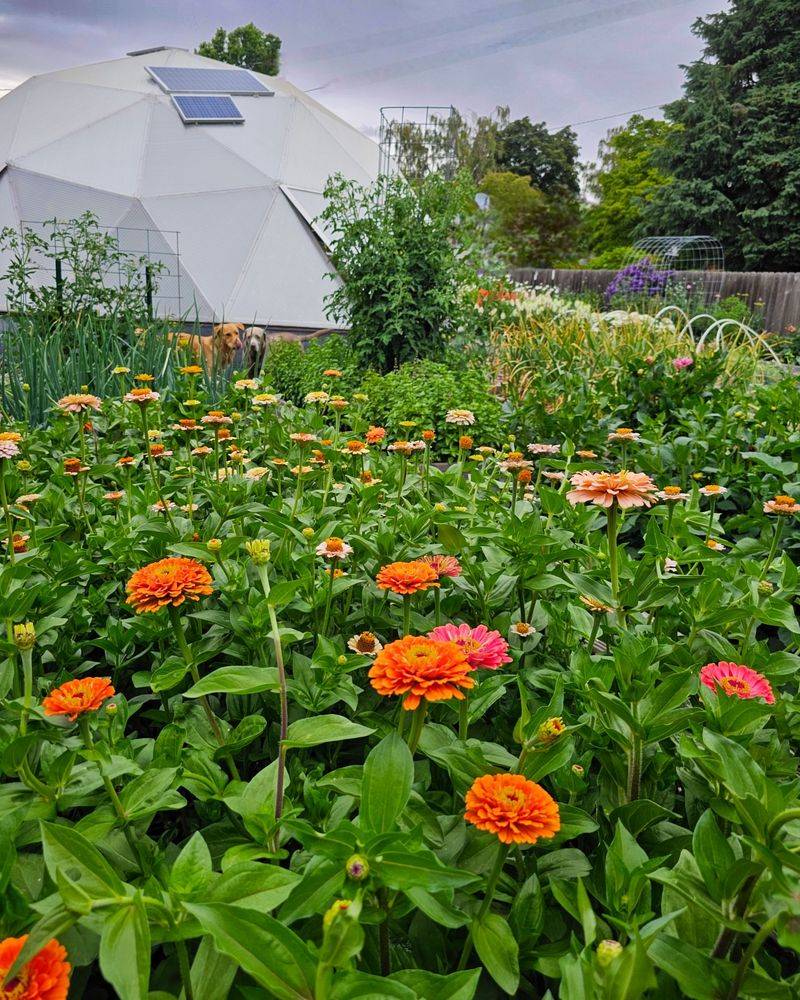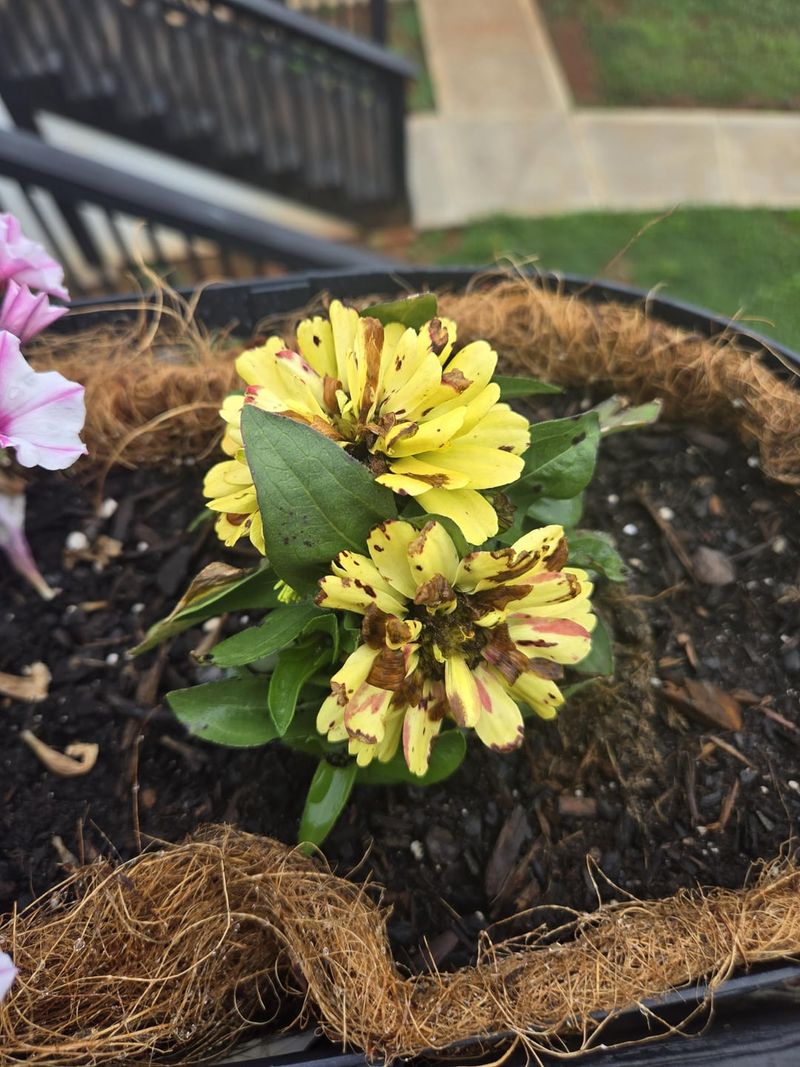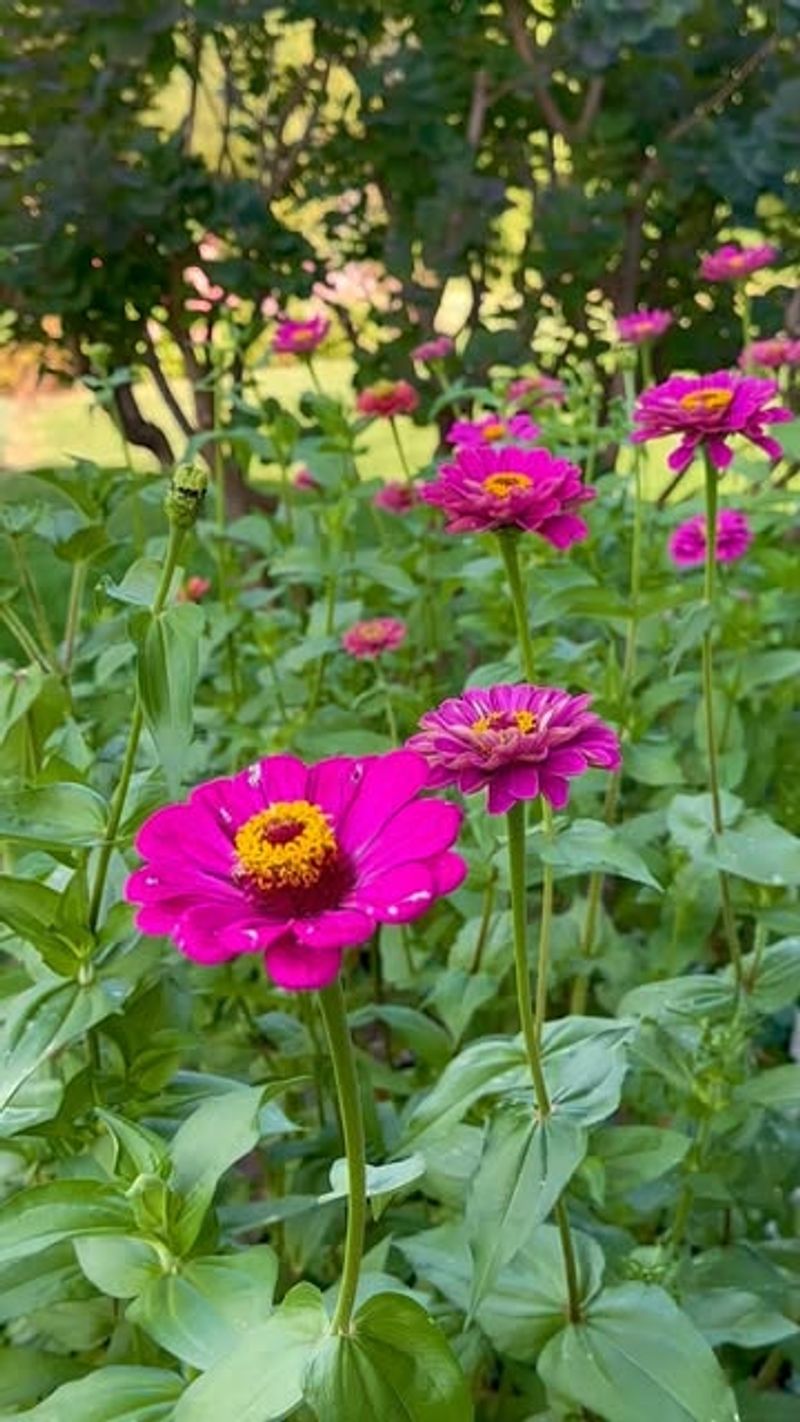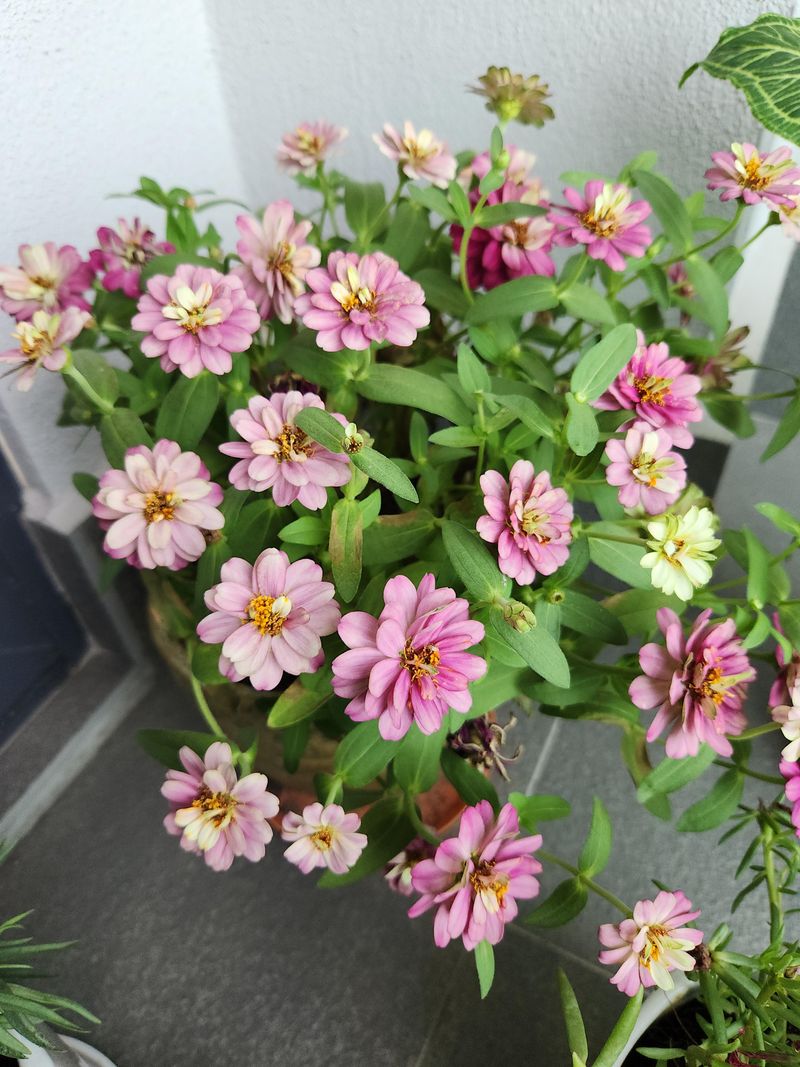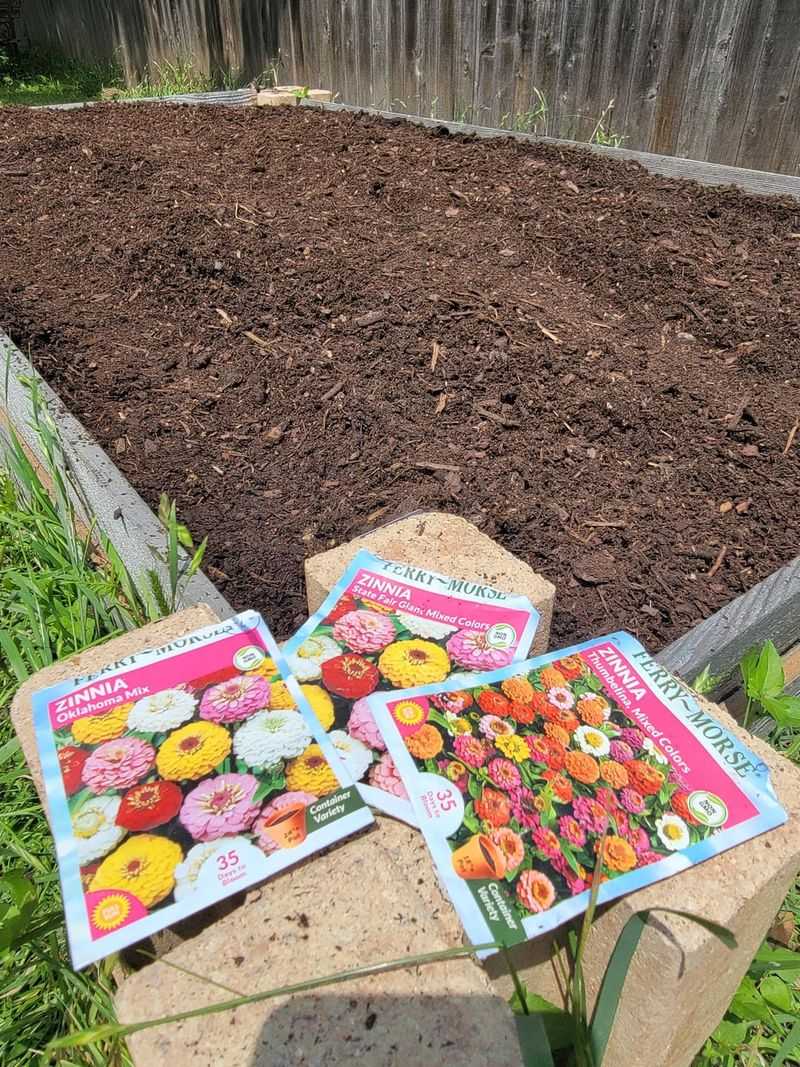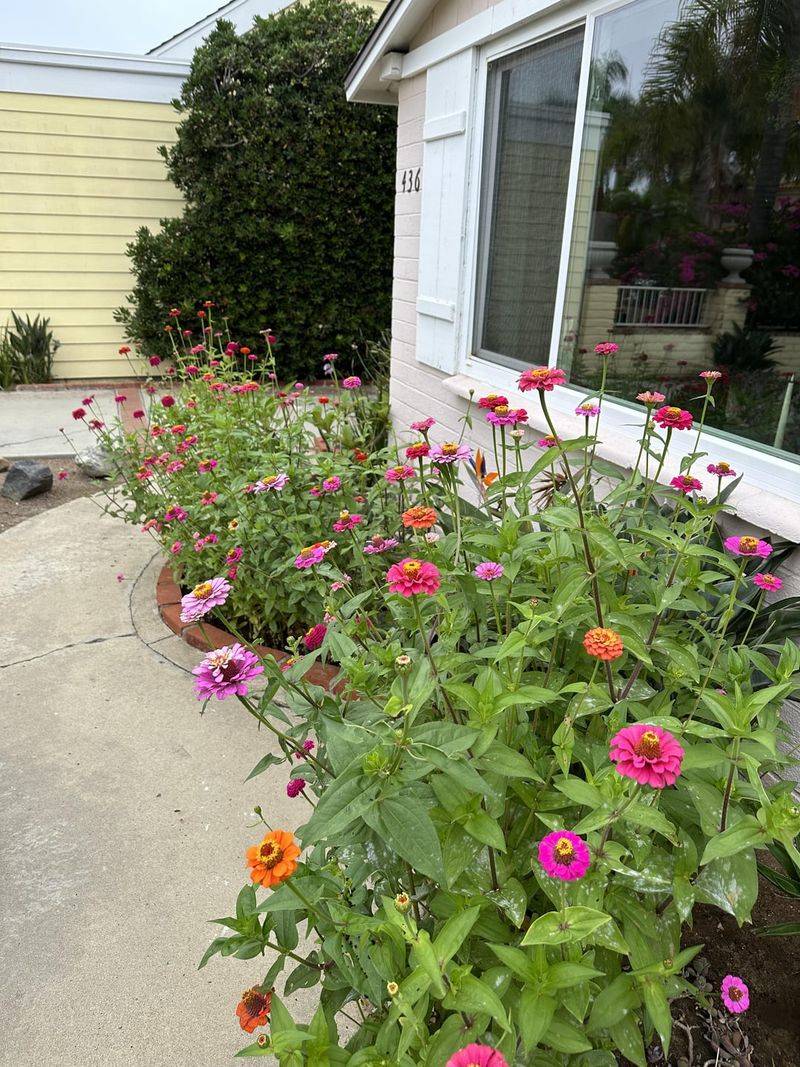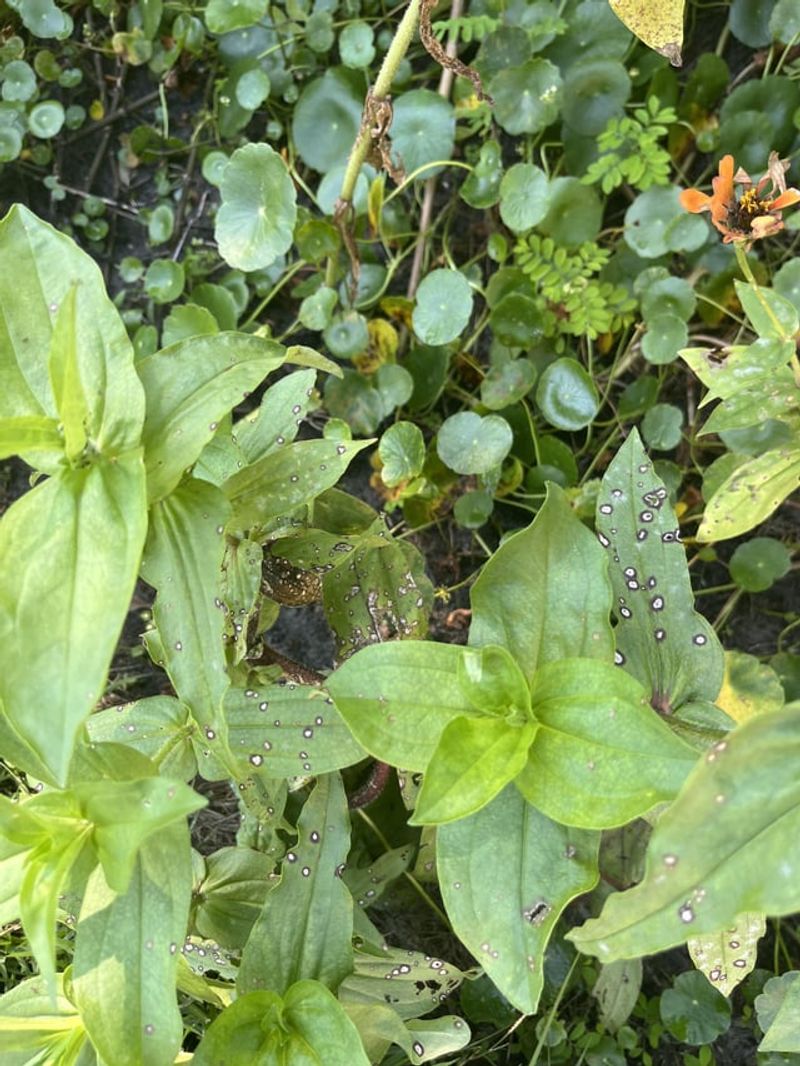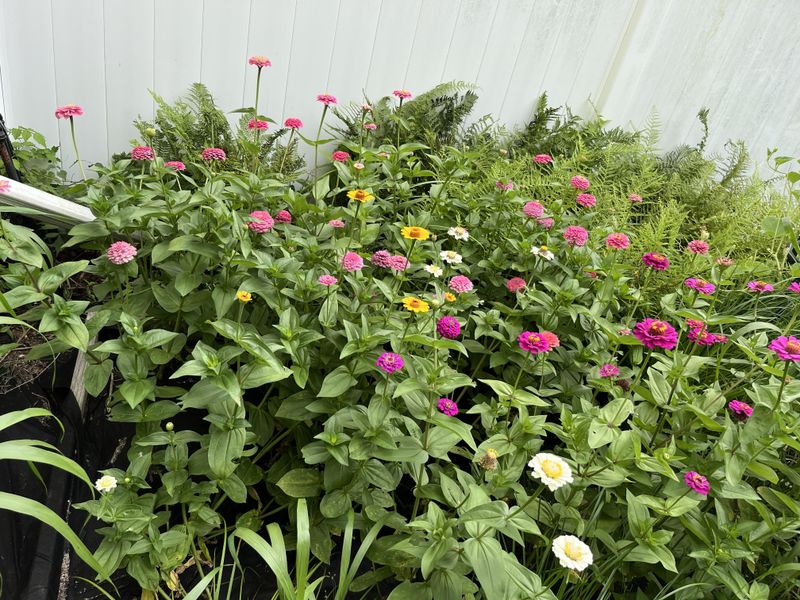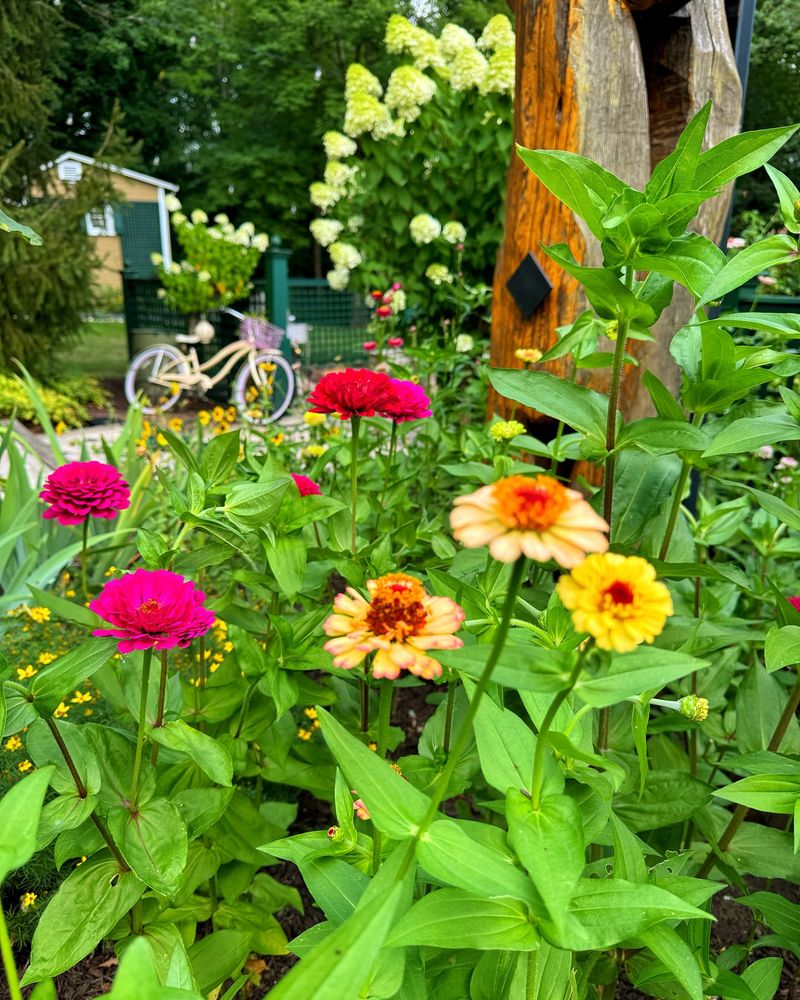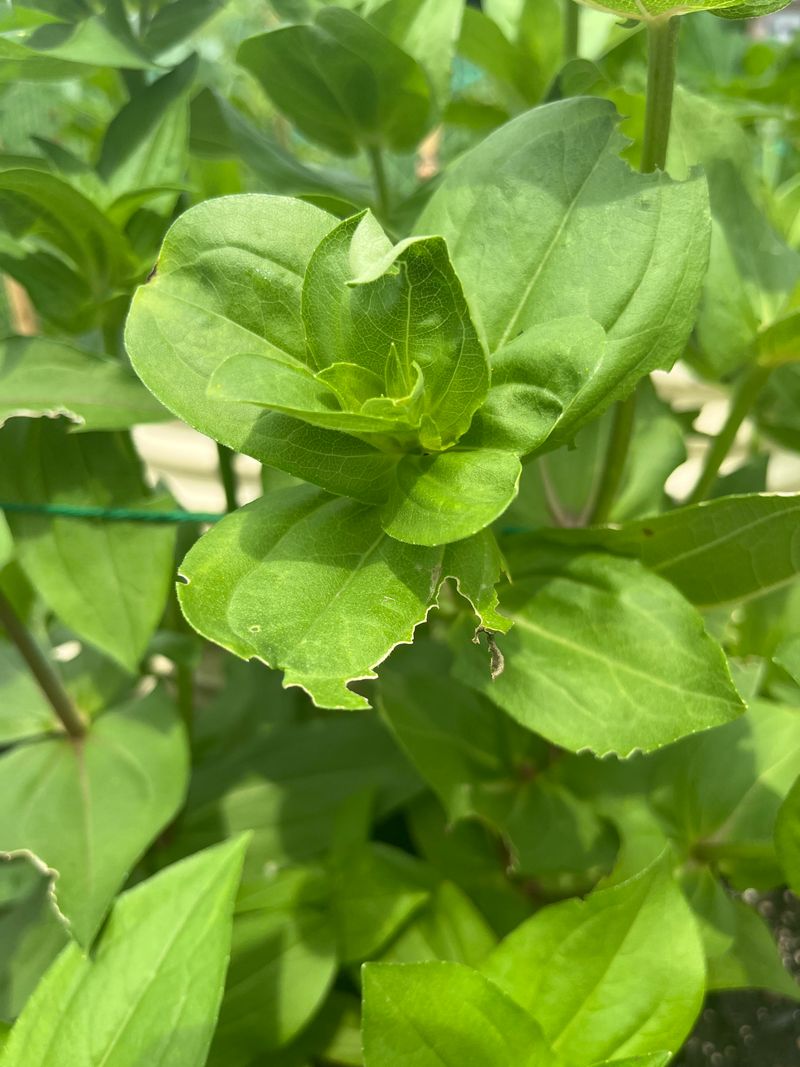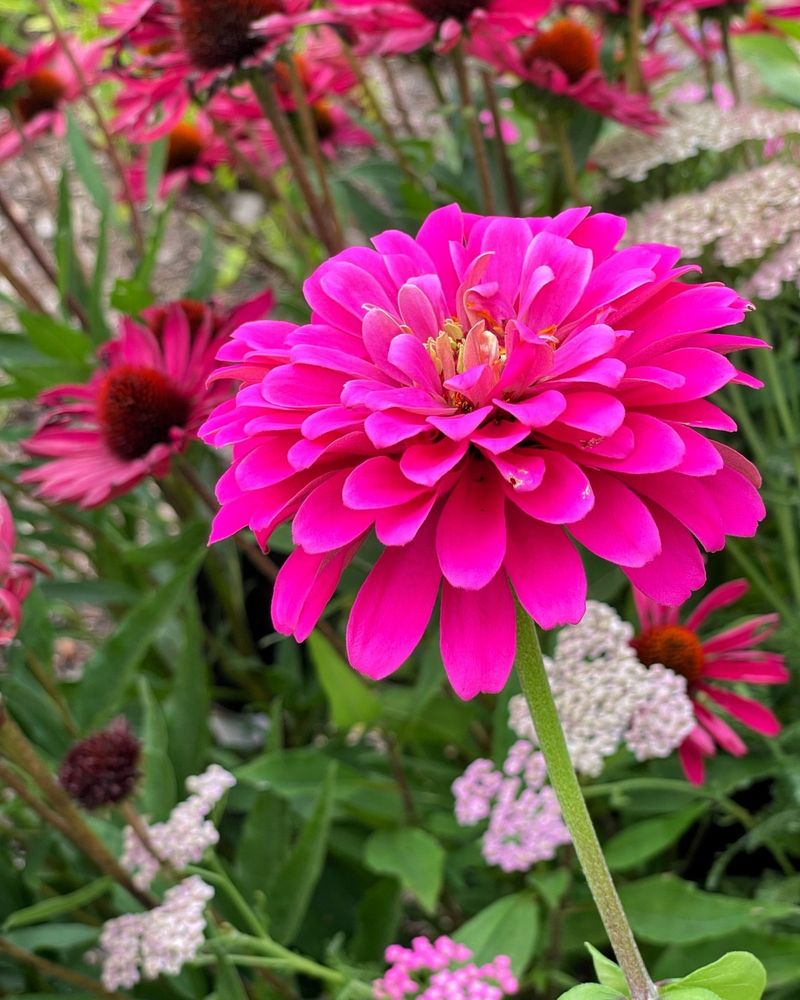Growing zinnias in New Jersey is a joy, but the state’s quirky weather and soil can throw gardeners off. From humid summers to surprise chills, your blooms need more than just sunshine and hope.
Even seasoned growers slip up—planting too early, skipping deadheading, or crowding their flowers can stunt growth fast. Keeping soil well-drained and resisting the urge to overwater makes all the difference.
Whether you’re a newbie or a garden veteran, steering clear of these missteps means brighter, longer-lasting blooms. Zinnias love attention—and with the right care, they’ll reward you in full color.
1. Planting Too Early
The eagerness to get flowers in the ground after a long winter often backfires in New Jersey. Our unpredictable spring frosts can shock young zinnia seedlings beyond recovery.
Wait until the soil temperature reaches at least 70°F, typically late May in most parts of the state. My own South Jersey garden taught me this lesson the hard way after losing an entire bed to a surprise late frost.
Patience pays off with stronger plants that establish quickly rather than struggling through cold soil and chilly nights.
2. Overcrowding Plants
Many gardeners underestimate how large zinnias become by mid-summer. When planted too closely, air circulation suffers dramatically, creating perfect conditions for fungal problems.
For years, I crammed twice as many plants as recommended into my Monmouth County garden beds. The result? Powdery mildew spreading like wildfire through the congested foliage.
Space tall varieties 18-24 inches apart and shorter ones 8-12 inches. This spacing seems excessive at planting time but becomes perfectly filled as plants mature.
3. Watering Overhead
Spraying water directly onto zinnia foliage invites disaster, especially during humid New Jersey summers. Water droplets sitting on leaves become perfect incubators for fungal spores.
My Bergen County neighbor wondered why her zinnias always developed spotted leaves by August while mine stayed healthy. The difference? She watered with a sprinkler every evening, while I used soaker hoses at soil level.
Water at the base of plants, preferably in morning hours so any splashed leaves can dry quickly in the daytime sun.
4. Ignoring Soil PH
The clay-heavy soils common in northern New Jersey often trend acidic, creating conditions where zinnias struggle to access nutrients. Without a soil test, you’re gardening blindfolded.
After three disappointing seasons with stunted plants, I finally tested my Morris County garden soil. The pH was 5.8 – too acidic for zinnias, which prefer 6.0-6.5.
A simple application of garden lime adjusted the pH, and the difference the following summer was remarkable – plants nearly doubled in height with significantly more blooms.
5. Forgetting To Deadhead
Those spent blooms aren’t just unsightly – they’re actively sabotaging your garden’s potential. Once zinnias form seeds, they think their life’s purpose is complete and slow down flower production.
During my first summer growing cut flowers in Hunterdon County, I took a two-week vacation in July. Returning to zinnias covered in dried, brown seed heads, I noticed new buds had virtually stopped forming.
Regular deadheading sends the signal to keep producing flowers. Just 5 minutes every few days keeps plants blooming prolifically until frost.
6. Choosing The Wrong Location
The shadier northern exposure of my Camden County garden seemed like a good spot until the zinnias grew tall but produced few flowers. These sun-worshippers need their daily light quota!
Half-day sun might work in Arizona, but New Jersey’s more moderate summer sunshine means zinnias truly need 6-8 hours of direct light. Even morning shade can significantly reduce blooming.
Tracking sun patterns before planting saved my next season. The south-facing bed along my fence line transformed my zinnia success, with plants producing three times more flowers.
7. Neglecting Mulch
Bare soil around zinnias creates a cascade of problems in New Jersey gardens. Without protective mulch, summer thunderstorms splash soil onto lower leaves, spreading disease spores.
The exposed soil also dries quickly in July heat, stressing plants between waterings. After watching this pattern for years in my Ocean County garden, I finally applied a 2-inch layer of straw mulch.
The difference was immediate – cleaner foliage, more consistent soil moisture, and far fewer weeds competing for nutrients. Plus, the decomposing organic matter improved my sandy soil over time.
8. Over-Fertilizing
More isn’t always better with fertilizer. Too much nitrogen creates lush foliage at the expense of flowers, leaving you with green giants that rarely bloom in your garden.
My first attempt at growing prize-worthy zinnias in Sussex County involved weekly feedings with high-nitrogen fertilizer. The plants grew impressively tall but produced disappointingly few flowers.
A balanced approach works best – one application of slow-release fertilizer at planting time, followed by monthly feedings with a bloom-boosting formula (higher in phosphorus) produces the showiest results.
9. Planting In Heavy Clay
New Jersey’s notorious clay soils, especially prevalent in the northern counties, spell trouble for zinnias without amendment. The poor drainage creates wet feet that zinnias absolutely hate.
After watching plants struggle in my unimproved Passaic County clay, I created raised beds with a mix of native soil, compost, and coarse sand. The difference was remarkable – root systems expanded properly instead of remaining stunted.
Even adding 3-4 inches of compost worked into existing beds makes a tremendous difference in plant health and flower production in heavy soils.
10. Ignoring Air Circulation
New Jersey’s summer humidity creates perfect conditions for fungal diseases on zinnias. Planting them against fences or in corners where air stagnates is asking for trouble.
The worst zinnia disaster in my Burlington County garden occurred when I planted them in a sheltered corner surrounded by taller plants. By August, powdery mildew had destroyed nearly every leaf.
Position zinnias where prevailing breezes can pass through and around them. This simple adjustment reduces disease pressure dramatically during our muggy August days.
11. Using Diseased Seeds
Those seed packets from last year’s garden might be harboring trouble. Zinnia seeds can carry bacterial and fungal pathogens that survived on last season’s plants.
When my Middlesex County community garden plot suddenly developed bacterial leaf spot on every zinnia plant, I traced it back to seeds I’d collected from infected plants the previous year. The disease spread quickly in our humid climate.
Purchase fresh seeds from reputable sources each spring, or if saving your own, collect only from the healthiest specimens after thorough inspection for any disease symptoms.
12. Skipping Succession Planting
Many New Jersey gardeners plant zinnias once in May, then wonder why their display fizzles by September. The first planting naturally declines as summer progresses, especially with our high humidity.
I learned this lesson after visiting a Warren County cut flower farm where zinnias bloomed vibrantly well into October. Their secret? Staggered plantings every 3-4 weeks from May through July.
This approach ensures fresh, disease-free plants are always coming into bloom as older ones decline. The late plantings often perform best with New Jersey’s cooler fall temperatures.
13. Improper Watering Schedule
The feast-or-famine approach to watering stresses zinnias severely. Many gardeners in New Jersey overcompensate for our occasional dry spells with excessive watering, then neglect plants during rainy periods.
My Atlantic County garden struggled until I installed moisture meters and discovered the top inch of soil was drying out completely between my twice-weekly waterings. Meanwhile, summer thunderstorms sometimes left soil waterlogged.
Consistent moisture is key – aim for soil that feels like a wrung-out sponge. During dry spells, deep watering once or twice weekly is better than frequent shallow sprinkles.
14. Neglecting Pest Control
Japanese beetles love zinnias almost as much as New Jersey gardeners do. These destructive insects arrive in late June and can skeletonize flowers and foliage in days if left unchecked.
During my first summer in Somerset County, I watched helplessly as beetles decimated my zinnia patch. Now I monitor plants daily during beetle season, hand-picking early invaders before populations explode.
For larger plantings, consider lightweight row covers during peak beetle season, or apply neem oil as a deterrent. Addressing problems early prevents the devastating damage that occurs once beetles establish colonies.
15. Forgetting Fall Protection
Many New Jersey gardeners surrender their zinnias too early when temperatures drop in September. A simple frost protection strategy can extend blooming by weeks into the fall season.
After losing my entire Union County zinnia display to an early frost last year, I now keep frost cloth ready by mid-September. Covering plants on chilly nights when temperatures approach 40°F has extended my season significantly.
The extra effort pays off with gorgeous blooms through October, when most neighbors’ gardens have already faded. Just remember to remove covers during daytime hours.

